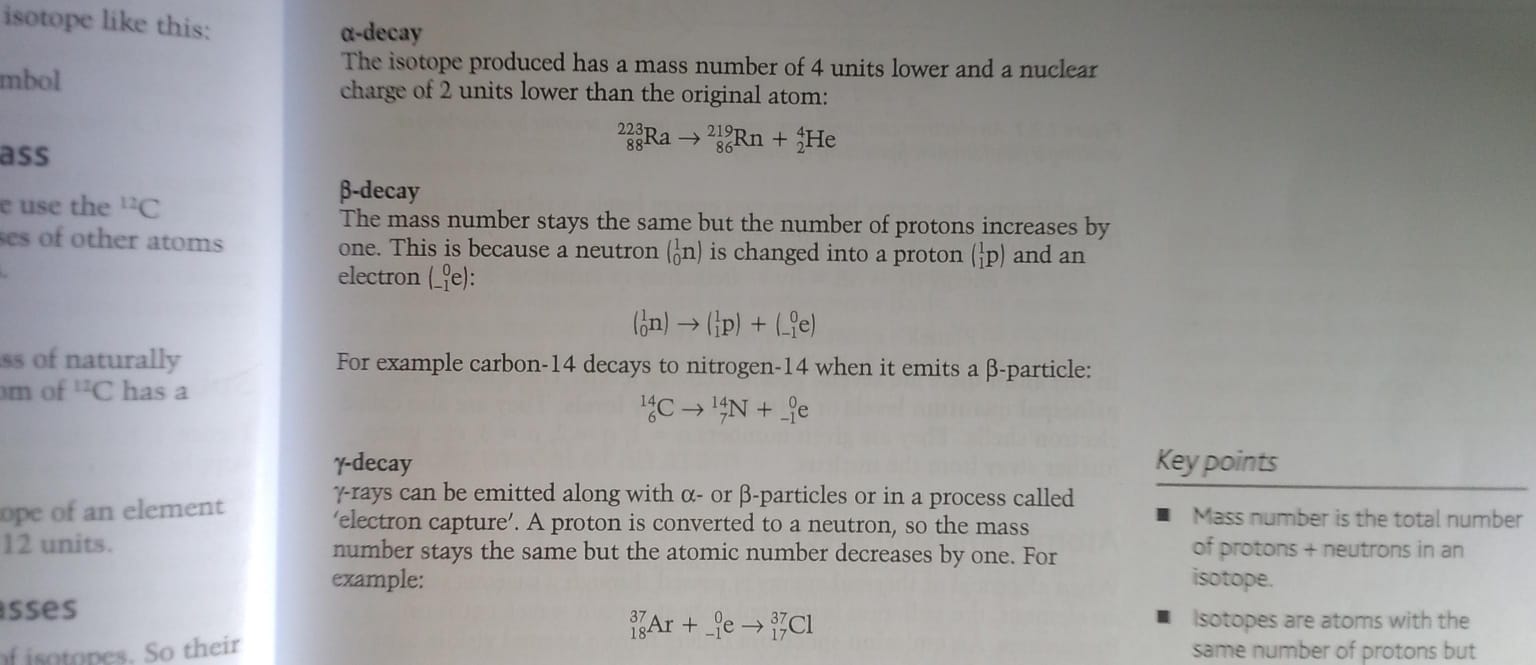Cape Chemistry
1/33
There's no tags or description
Looks like no tags are added yet.
Name | Mastery | Learn | Test | Matching | Spaced |
|---|
No study sessions yet.
34 Terms
What is Ka?
Acid dissociation constant. It is a measure of the extent to which a weak acid dissociates in solution and therefore its strength
What happens to Ka as acid strength increases?
Ka gets bigger because more H⁺ is produced at equilibrium
Why can we ignore the H⁺ from water in Ka calculations?
Because it's tiny compared to the H⁺ from the acid.
What assumption do we make about [HA]?
We assume [HA] stays nearly constant because weak acids barely dissociate.
Buffer Solution
A solution which minimises pH changes when small amount of acids or alkalis are added
Buffers in natural systems
Hydrogencarbonate buffer
Phosphate buffers
Protein Buffers
How does the hydrogencarbonate buffer work in the body?
Carbon dioxide (a product of respiration) combines with water in the blood to form a solution of hydrogencarbonate ions
CO2(g) + H2O(l) <--> HCO3 ^-(aq) + H+(aq)
H2CO3(aq) <--> H+(aq) + HCO3(aq)
If the H+ ion concentration in the blood increases:
• H+ ions combine with HCO3^- ions
• The position of equilibrium moves slightly to the left
•The concentration of H+ ions is reduced to keep the pH constant
•There is still a high concentration of HCO3^- ions to allow the buffer to function
If OH- ion concentration in the blood rises, they combine with H+ ions to form form. The equilibrium shifts to the right
What is pH
a measure of the concentration of hydrogen ions in a solution
Using Bronsted-Lowry theory, what are strong and weak acids and strong and weak bases?
Strong acids and bases are completely ionised in aqueous solution.
Weak acids and bases are only partially ionised in aqueous solution
Atomic number (z)
the number of protons in the nucleus of an atoms
Mass number(A)
the number of protons and neutrons in the nucleus of an atom
Isotopes
atoms with the same atomic number but different mass numbers (same amount of protons, different amount of neutrons)
Relative atomic mass
the average mass of an atom of an element compared to 1/12th the mass of a carbon-12 atom
Relative isotopic mass
the mass of a particular atom of an isotope compared to 1/12th the mass of a carbon-12 atom
Alpha (α) emission
helium nuclei (positively charged particles) emitted
Stopped by thin sheet of paper
Beta (β)
electrons (produced by nuclear changes)
stopped by thin sheet of aluminium foil
Gamma (γ) emission
very high frequency electromagnetic radiation
stopped by thick lead sheet
Alpha decay equation
the isotope produced has a mass number of 4 units lower and a nuclear charge of 2 units lower than the original atom
Beta decay
Mass number stays the same but the number of protons increases by one. This is because a neutron is changed into a proton and an electron
Gamma decay
gamma rays can be emitted long with alpha or beta particles or in a process called ‘electron capture’. A proton is converted to a neutron, so the mass number stays the same but atomic number decreases by one.

Uses of radio isotopes
Radiotherapy for treatment of cancers
Dating the age of objects Carbon - 14
Generating power in nuclear reactors Uranium - 235
Energy difference between any two energy levels is give by
ΔE = hv
Where h is Plank’s constant (6.63× 10^-34 J/s)
and v is the frequency of radiation (s-1 )
Lyman series
(seen in ultraviolet region) where previously excited electrons fall back to the n = 1 energy level
Balmer series
(seen in the visible region), where previously excited electrons fall back to the n = 2 energy level
Explain how atomic emission spectra is produced
Electrons occupy specific energy levels (quantum levels) in the atom.
When electrons gain specific quanta of energy they move from lower to higher energy levels. They become ‘exicted’
When excited, electrons lsoe energy, they fall back to lower energy levels emitting radiation of characteristic frequency. This is the origin of the atomic emission spectrum
How does the emission spectrum differ from a normal visible light spectrum?
It is made up of separate lines
The lines converge (get closer to each other) as their frequency increases
The standard enthalpy of formation
a measure of the energy released or consumed when one mole of a substance is created under standard conditions
Enthalpy change of atomisation
Oxidation number rules
OxNo of each atoms in an element is 0
OxNo of fluorine in compounds is always -1
OxnO of an oxygen atom in a compound is -2 but in peroxides it is -1
OxNo of a hydrogen atom in a compound is +1 but in metal hydrides it is -1
The most electronegative element in a compound is given the negative sign
Increase in oxidation state is
oxidation
Decrease in oxidation state is
reduction
disproportionation
redox reaction where the same element or ion is both oxidized and reduced simultaneously.